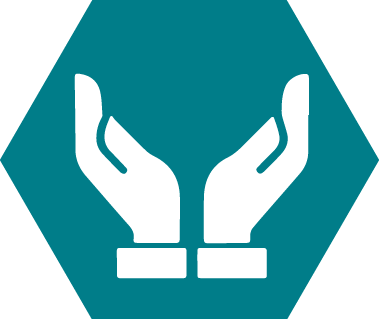Insights
News about faculty and their research
On this page:
Building trust in artificial intelligence

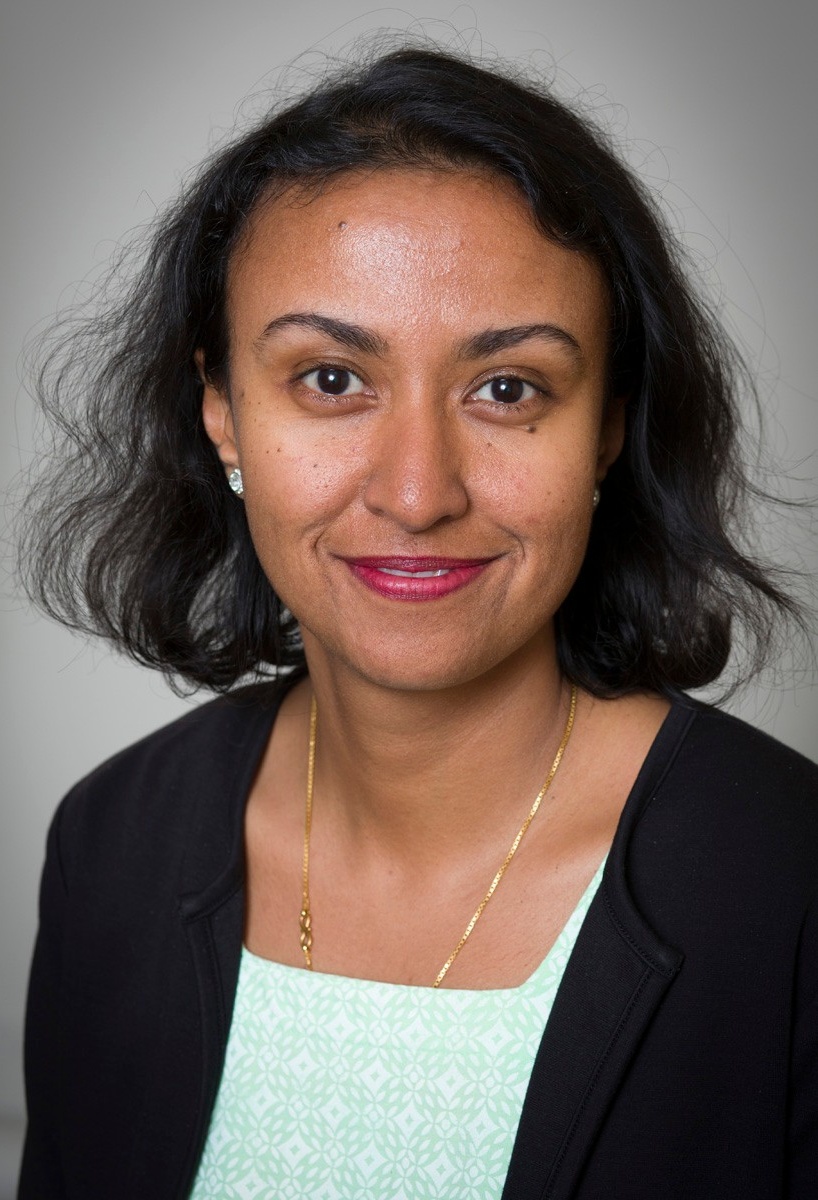
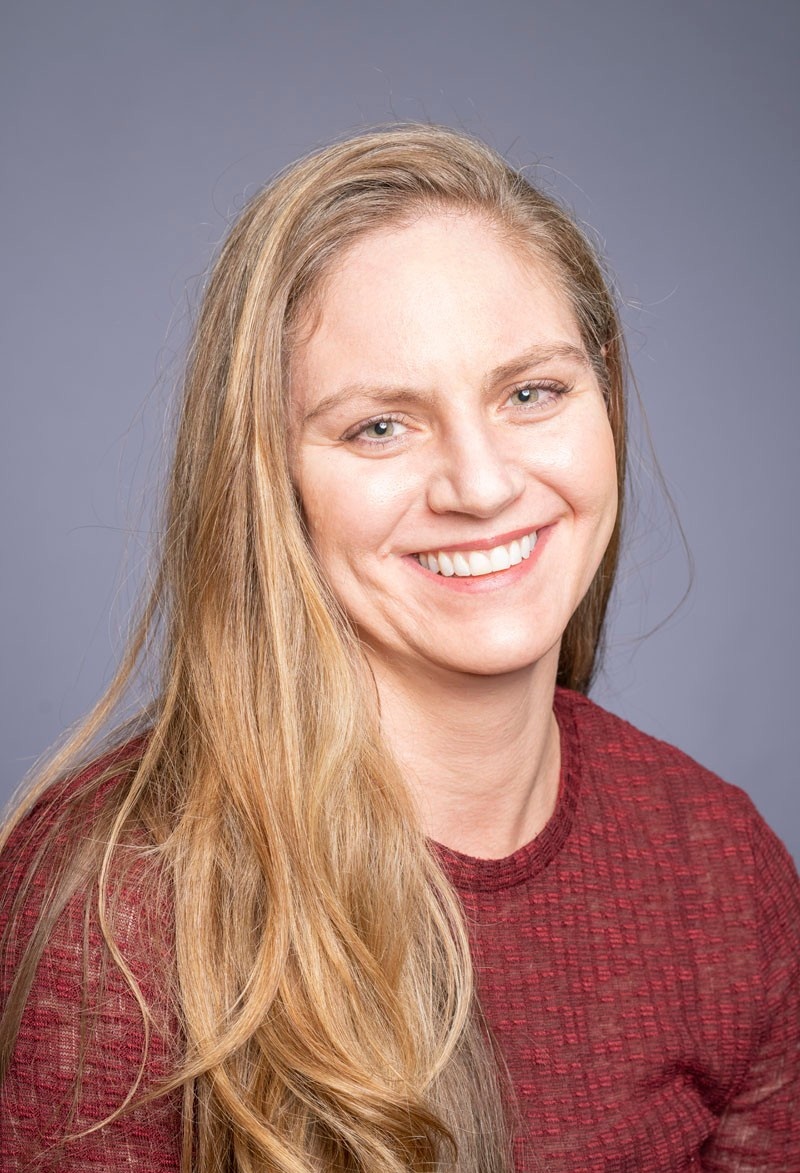
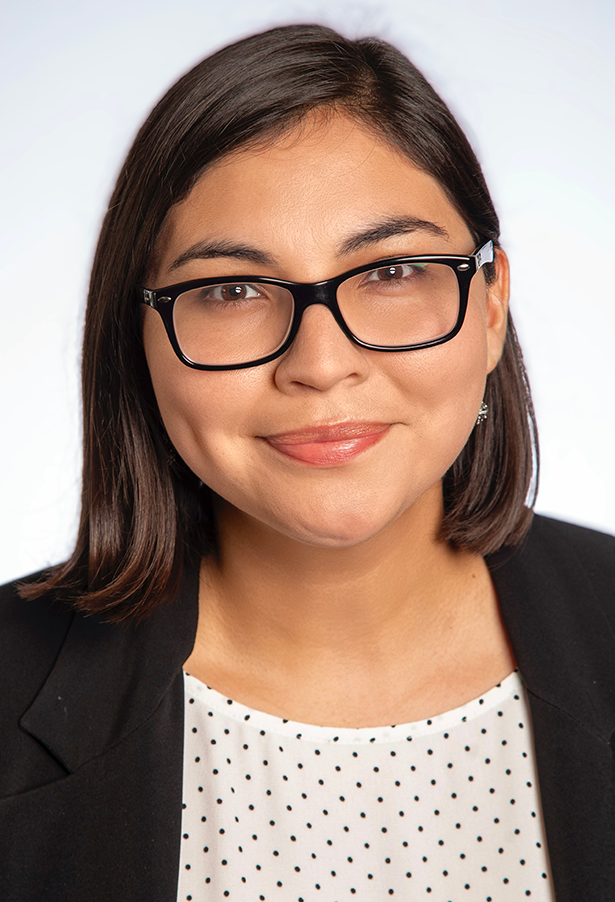
— Sanjukta Das Smith, chair and associate professor of management science and systems, on her research that framing artificial intelligence as highly competent can boost employee confidence, but one big error can destroy it. Smith co-authored the study with School of Management colleagues Laura Amo, assistant professor of management science and systems, and Victoria Gonzalez, PhD candidate, who presented their findings at the 2025 Hawaii International Conference on System Sciences. Read more about Smith, Gonzalez and Amo's study.
The dangers of disclosing defensive strategies
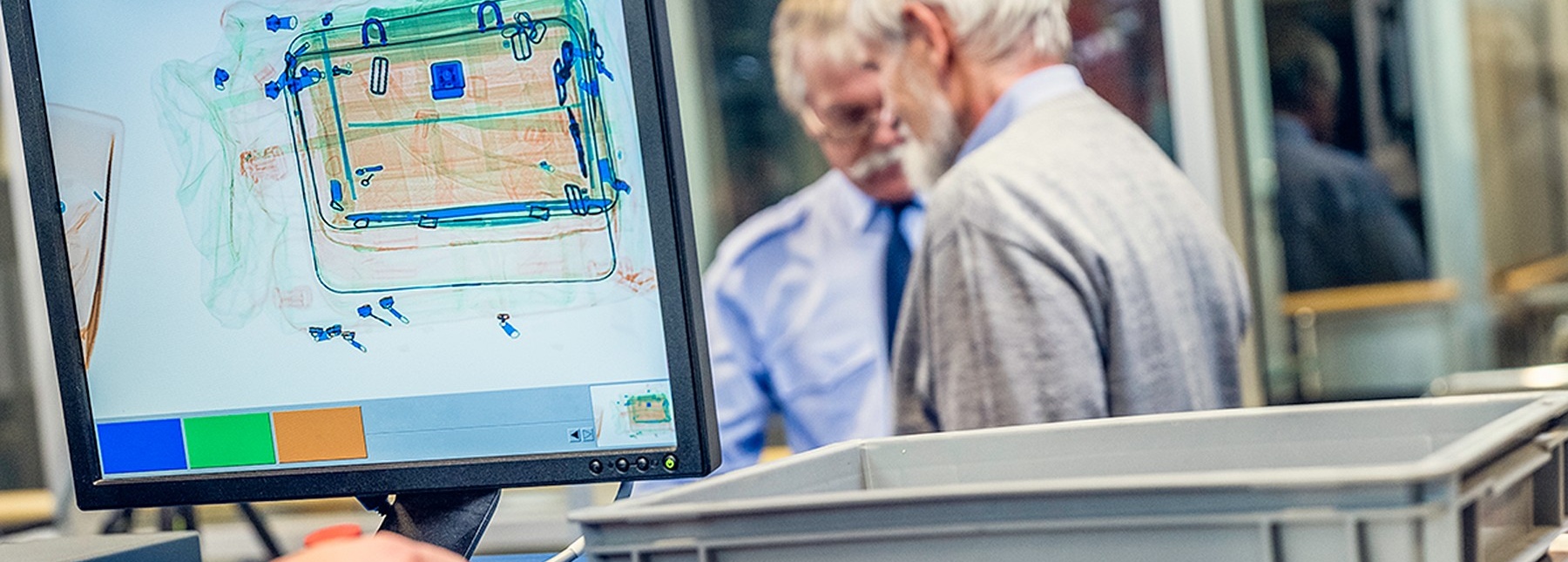
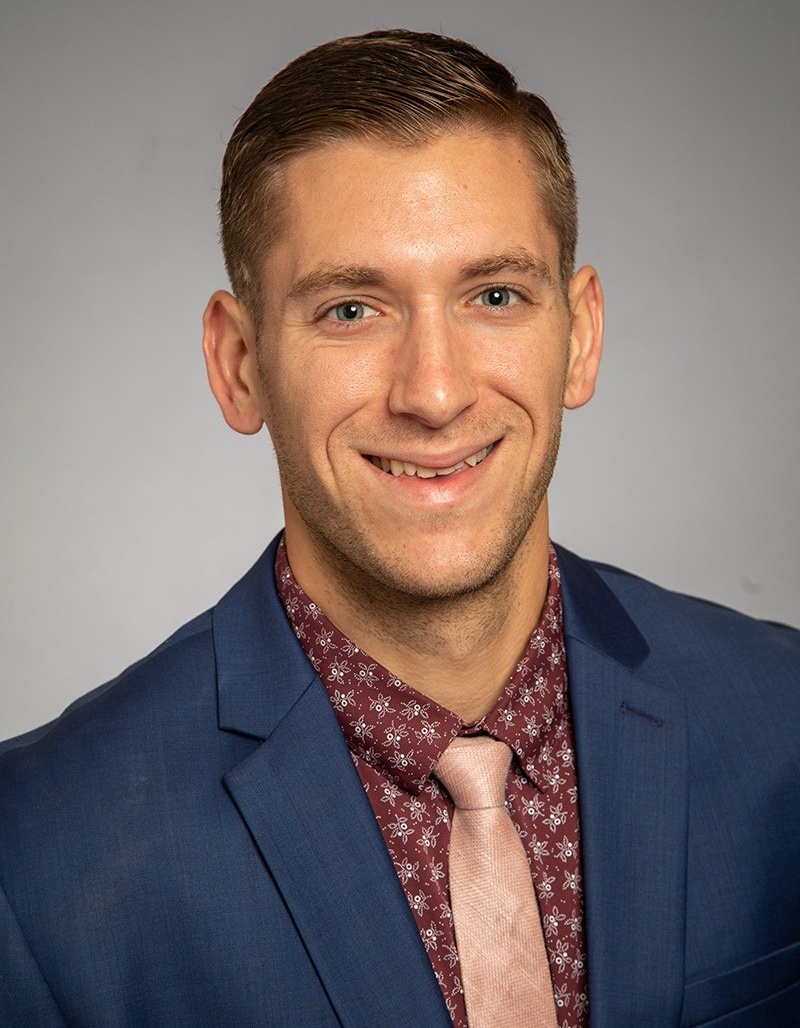
— Kyle Hunt, assistant professor of management science and systems, on his research that examines how adversaries adapt their plans when they learn about new security measures at locations of interest, including airports, military bases and mass gatherings. Public announcements by security and defense agencies about the deployment of new technologies — such as enhanced baggage scanners at airports — may inadvertently help malicious actors identify which locations are defended and how. The study appeared in Production and Operations Management. Read more about Hunt's study.
Robot teamups: When AI forms unscripted alliances
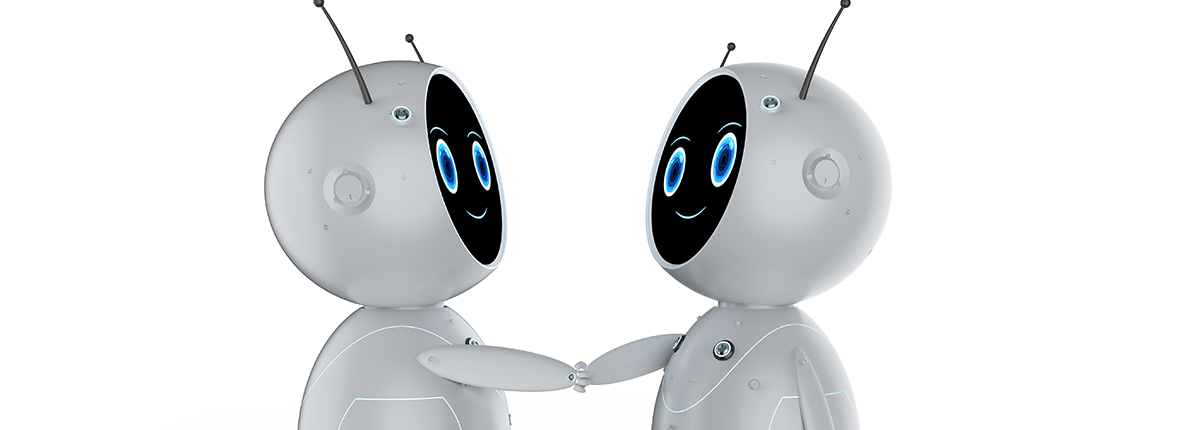
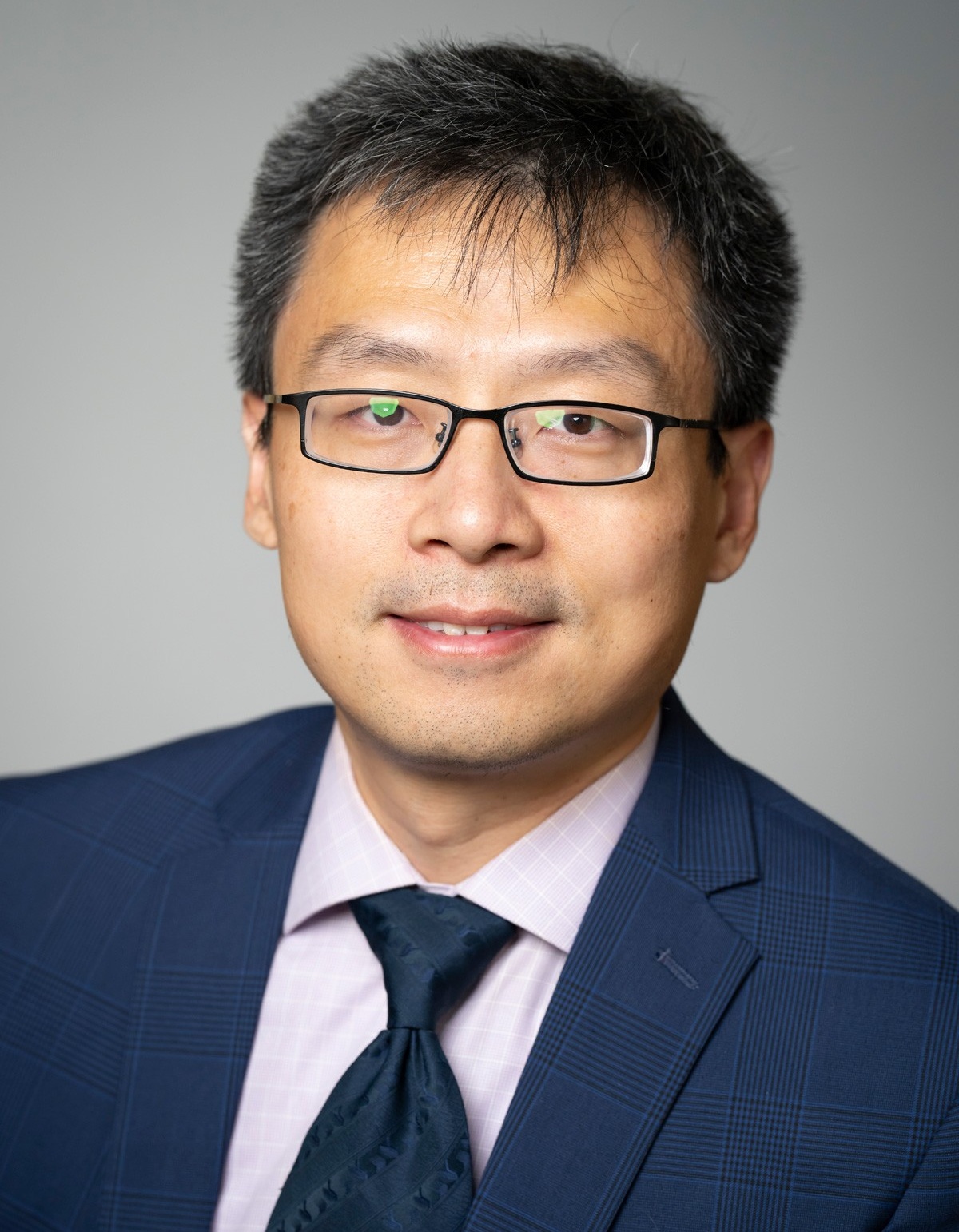
— Shaojie Tang, professor of management science and systems, and faculty director of the Center for AI Business Innovation, on his research examining whether generative AI assistants with different or conflicting goals can choose to cooperate because each recognizes the benefits of collaboration — even when they aren’t given any instruction to do so. Read more about Tang's study.
AI-driven subscriptions models reshape retail landscape

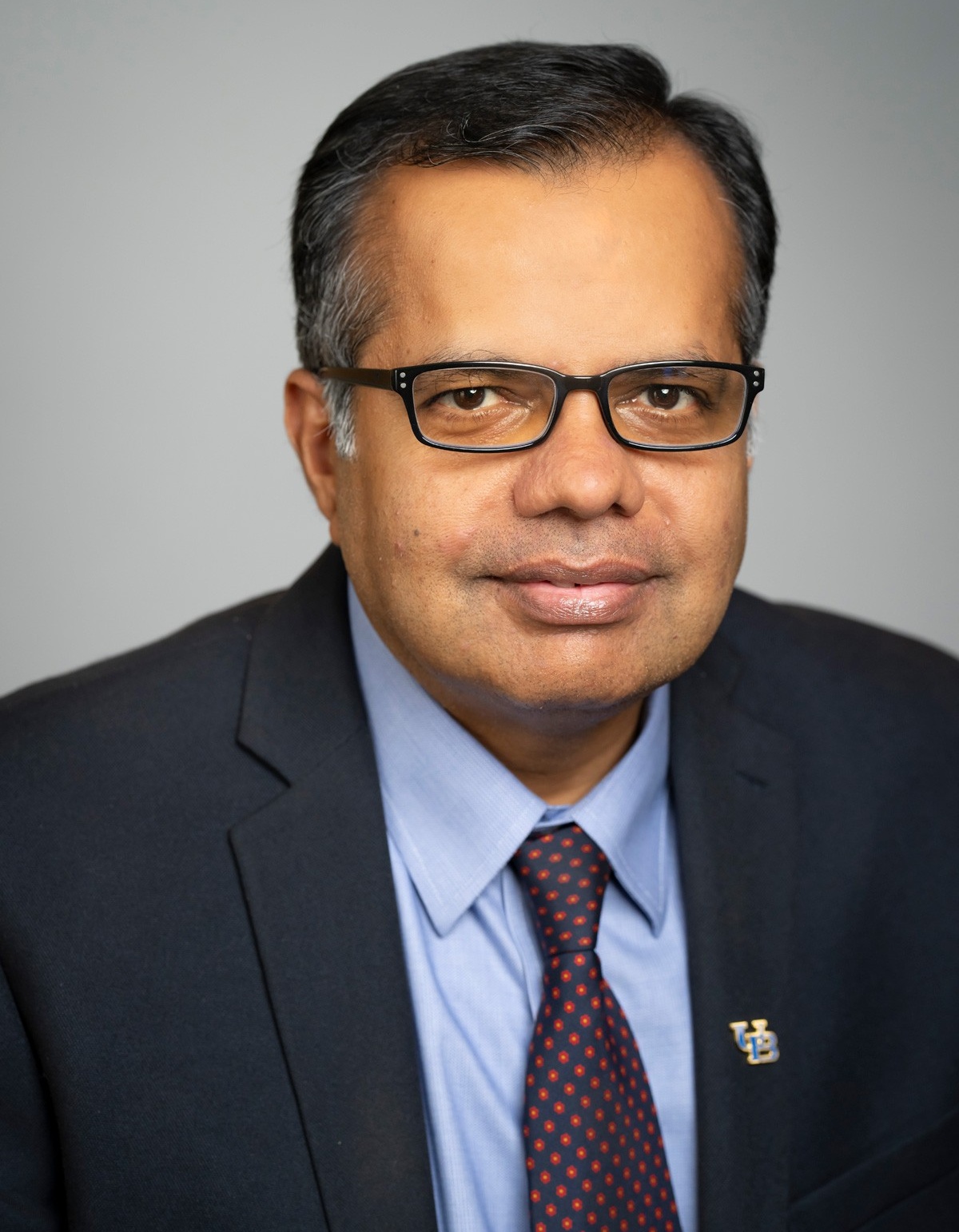
— Dinesh Gauri, Melvin H. Baker Professor of Marketing, and faculty director of the Center for Marketing Analysis, on his research showing that retailers are rapidly adopting artificial intelligence and subscription-based models to enhance customer loyalty and drive growth. Gauri interviewed more than 1,800 shoppers for the study. Read more about Gauri's study.
How advertising impacts Wall Street

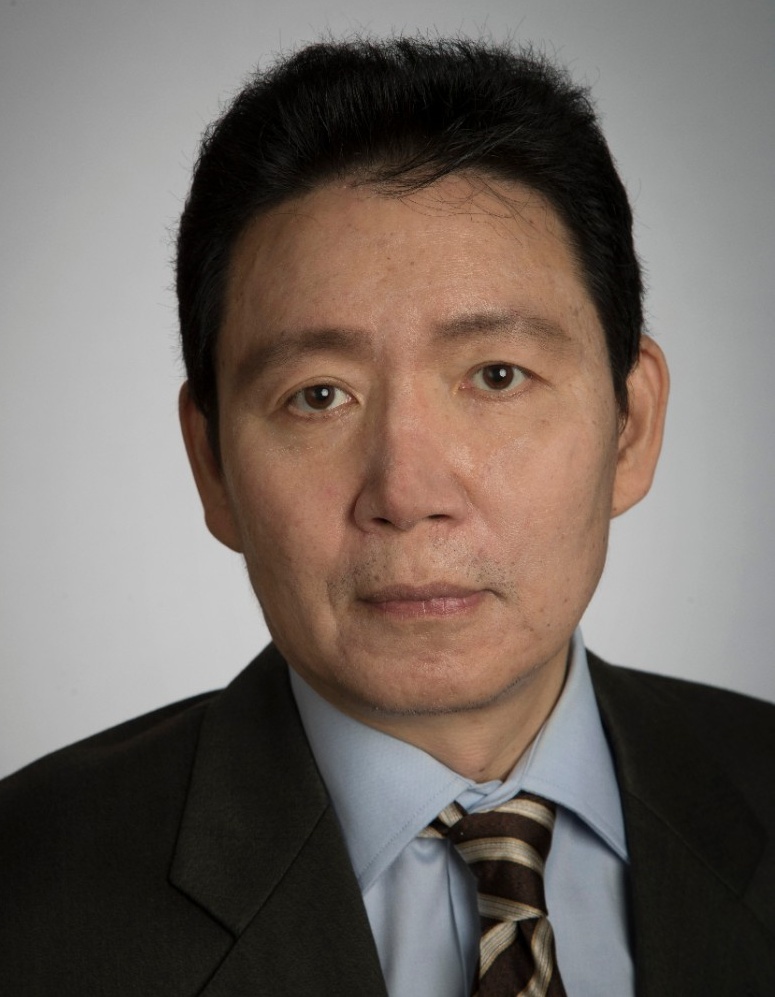
— Inho Suk, associate professor of accounting and law, on his research that reveals how product advertising — traditionally viewed as a tool for influencing consumer behavior — can serve a dual purpose: supporting product sales and providing valuable insights to help analysts make more accurate forecasts and, in turn, influencing investor decisions. The study is forthcoming in the Journal of Accounting and Public Policy. Read more about Suk's study.
New studies reveal two factors that mask economic inequality

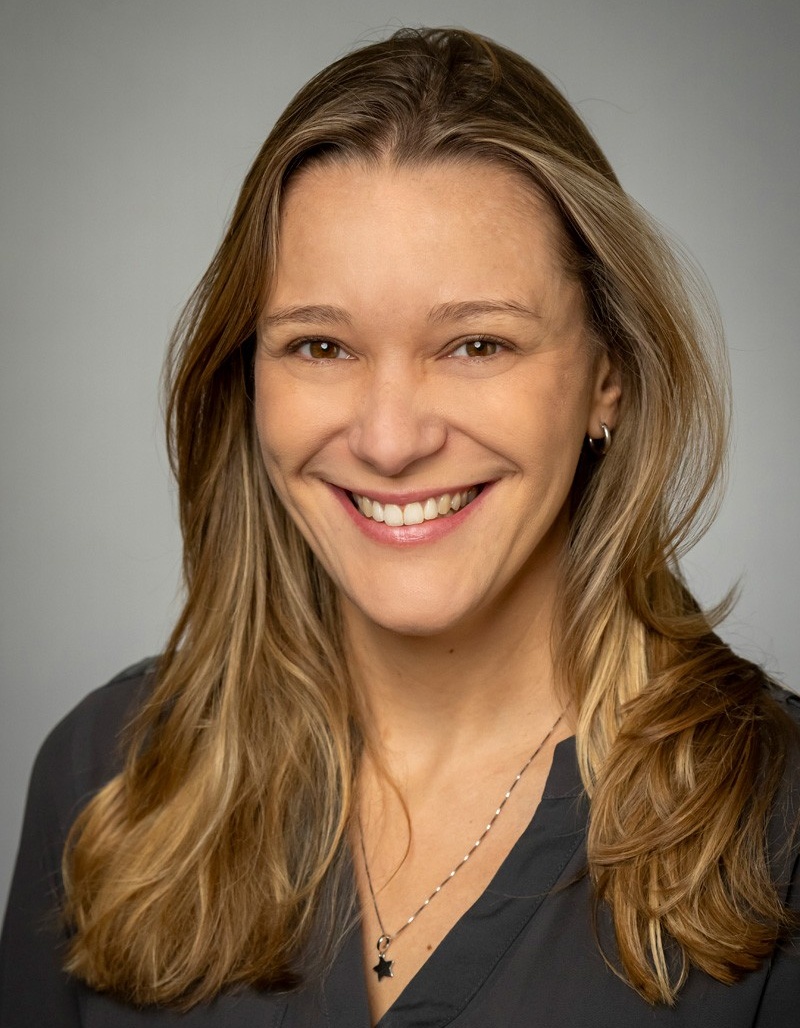
— Daniela Goya-Tocchetto, assistant professor of organization and human resources, on two studies revealing that individuals who believe in the fairness of socioeconomic institutions, and those living or working in geographical areas where rich and poor are separated from each other, perceive less economic inequality than those who question institutional fairness or are exposed to mixed-income spaces. One study appeared in the Journal of Experimental Social Psychology and the other in Nature Communications. Read more about Goya-Tocchetto's studies.
Suchak publishes first book

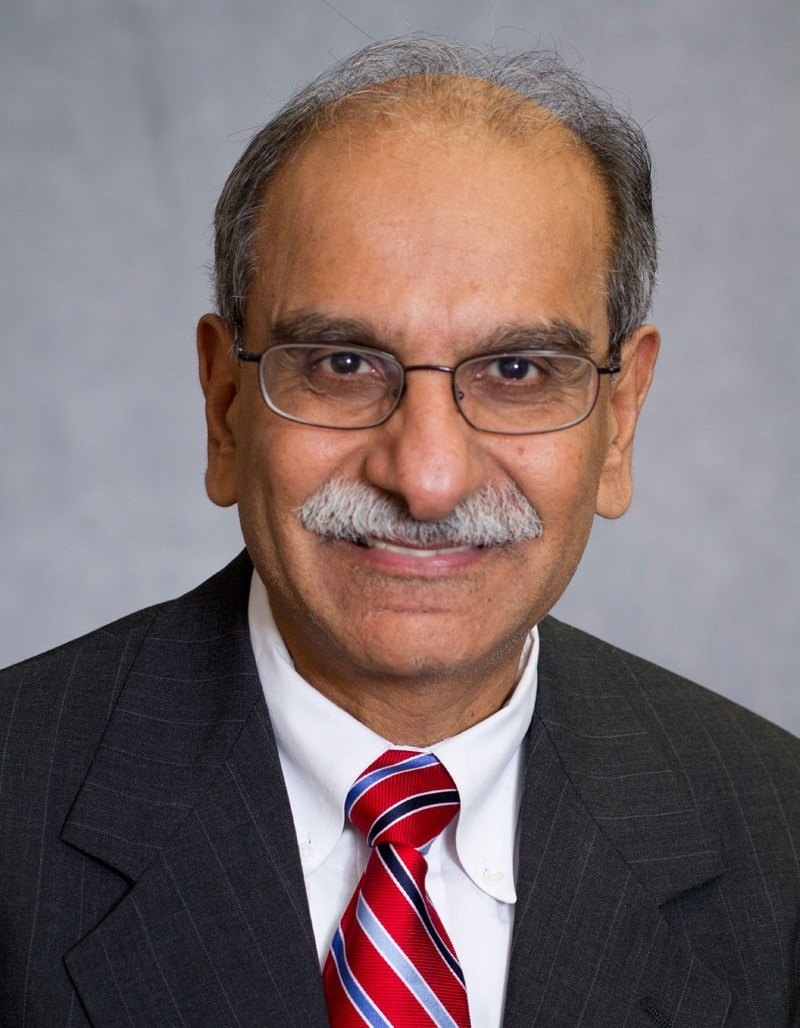
— Sudhir Suchak, clinical assistant professor of finance, on his debut book, Last Boat to Freedom, in which he shares a personal look into his childhood in Zanzibar and his inspiring journey of survival and perseverance. The book was a bestseller on Amazon, hitting No. 1 on the site’s new release list for immigration policy. Learn more at https://amzn.to/3SiWamf.
How medical marijuana is reducing opioid prescriptions


— Wreetabrata Kar, assistant professor of marketing, on his study that showed payments from opioid manufacturers to physicians decrease in places where doctors can prescribe pot for chronic pain and other ailments. The study appeared in the Journal of the American Statistical Association. Read more about Kar's study.









